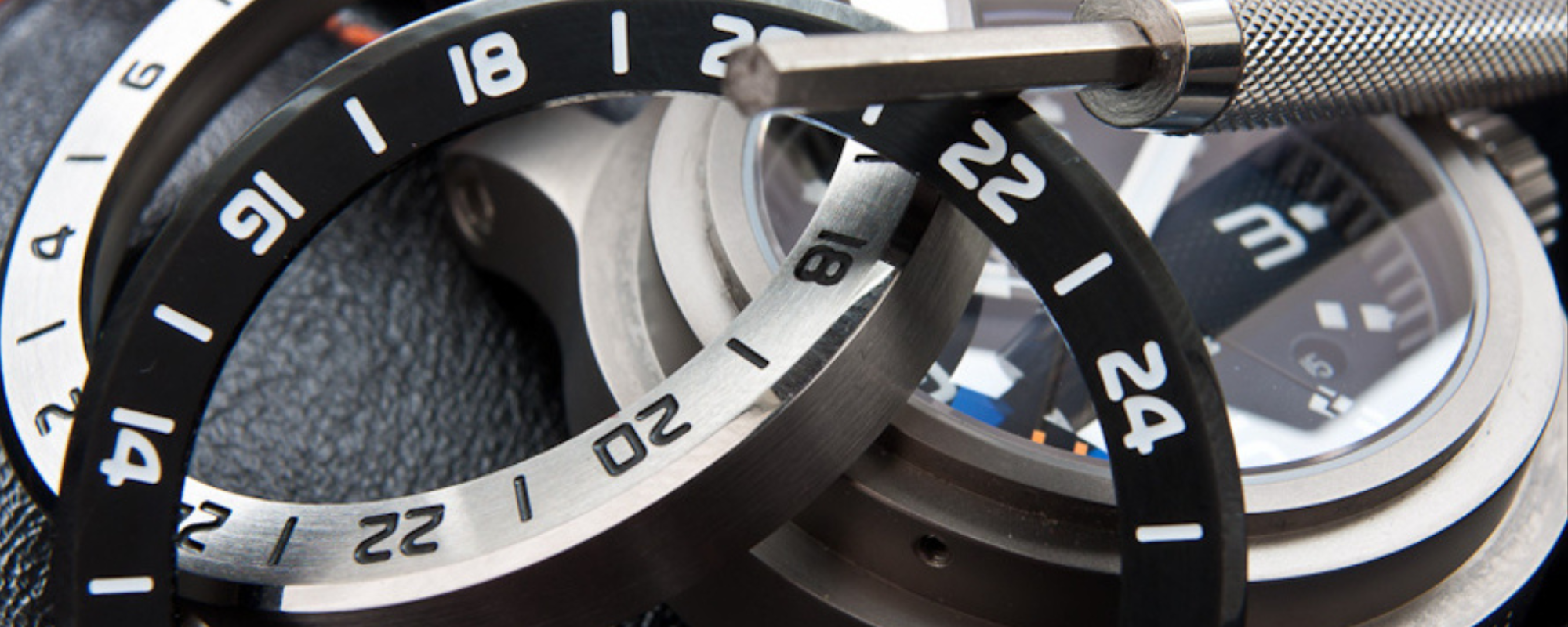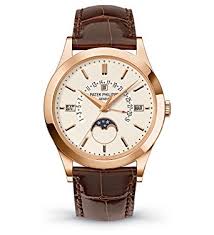A bezel (also called ring, rim, or lunette) is a structural element of a wristwatch that secures the crystal to the dial. It can be rotating or fixed and serves various functions.
🔁 A multifunctional breakthrough
In the 1950s, watchmakers explored the bezel’s potential to add functions without enlarging the watch.
World War II accelerated the development of technical bezels.
Bezel became:
🐠 Crucial for diver’s watches (ISO 6425 standard)
✈️ A navigation tool for pilot watches (logarithmic scale, GMT, etc.)
🔄 Bezel types:
Unidirectional ➡️ typically for divers
Bidirectional 🔁 for military or sport purposes
📏 Most common bezel markings:
Tachymeter 🏁 — to measure speed
Pulsometer ❤️ — to check your pulse
Telemeter ⚡ — to measure distance to an event (e.g., lightning)
Diver's 🌊 — underwater time safety
Yacht Timer ⛵ — countdown for regattas
Logarithmic 📐 — math functions for pilots (fuel, speed, etc.)
GMT 🌍 — tracks a second time zone
Compass 🧭 — sun-based orientation
🛠 Using a bezel
You can:
Track a second time zone 🌐
Use it as a timer by aligning "0" with the minute hand ⏱
⌚ How to choose a bezel watch:
🎯 Know what you need it for
🧱 Choose material: steel, aluminum, or ceramic
👁 Check for readability of numerals and markers
The bezel is not just a design element — it’s a powerful, non-digital tool ⚙️💡



